Taking time for a Painted Desert Inn history tour is a quintessential experience for anyone exploring Petrified Forest National Park in northern Arizona. This post highlights a little adventure learning about this 100-year-old cultural gem that lives on in spite of resting on shaky ground.
Disclosure: This post contains affiliate links. If you buy something from one of our affiliates, we receive a small commission at no extra charge to you. Thanks for helping to keep our blog up and running!
Table of Contents
Painted Desert Inn: A tour in time
Since 1924, the bones of the Painted Desert Inn have stood on a cliff overlooking its namesake – the Painted Desert. It’s amazing – especially if you consider the fact that this building has many lives. It has escaped demolition more than once in the last century.
While this national historic landmark no longer offers food for hungry travelers or entertains overnight guests, it does offer a tantalizing glimpse into the past. It allows today’s visitors to travel back to a time when road trips ruled along Route 66.
Who, what, where, when, why, and how – we found all the answers to your questions – and more – on a self-guided Painted Desert Inn history tour. Join us for a little adventure that will have you planning a road trip to see it yourself.
Enjoy historic walking tours? Be sure to check out these posts:
Love historic walking tours? Check out these posts!
- Self-Guided Walking Tour of Santa Fe
- A Journey Close to Home: Walking Glenbow Ranch
- Nelson, BC Historic Walking Tour
- Self-guided Walking Tour of St. John’s
- Exploring Historic Cemeteries
- Exploring the McLean Mill National Historic Site
- Historic Tea House Hikes in Banff National Park
What and where is the Painted Desert?
The Painted Desert covers about 1500 square miles (3885 sq km) in the northern part of Petrified Forest National Park, in northeastern Arizona. It is a colourful badlands made up of bentonite clay. Geologists call it the Chinle Formation.
Bentonite is a product of altered volcanic ash and river mud. This loose clay absorbs water like a sponge, swells and then erodes quickly. Plants don’t have much chance of getting a roothold.
As a result, the brilliant colours of the bentonite remain visible on rounded hills. Their colour comes from iron-rich minerals. It appears painted in bands of vibrant orange, yellow, red, blue, brown, and grey. The Painted Desert almost glows – especially at sunset.
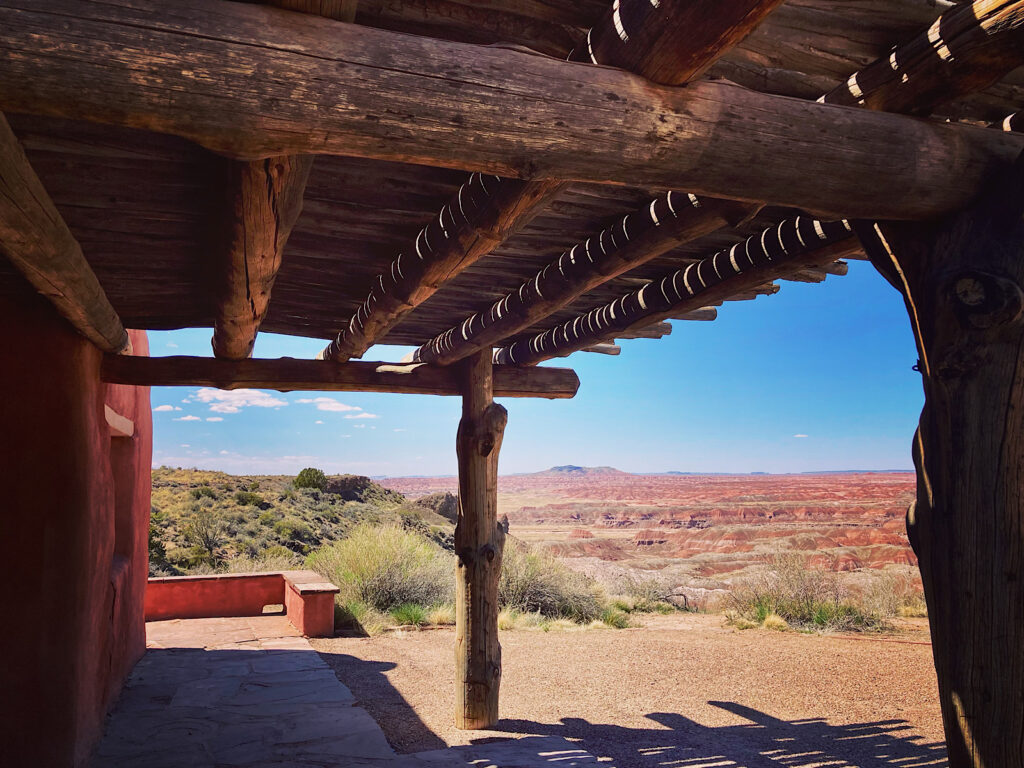
Why build an inn in a remote corner of North America?
You might think that the inn was built because of its location along Route 66. Painted Desert Inn was on the Mother Road, but that’s not the reason the inn was built.
In the 1850s, the U.S. government set out to explore the American West to find railway routes. The Southern Pacific survey followed the 35th parallel through a portion of what is now Petrified Forest National Park. This route was constructed in the early 1880s.
The tracks crossed north of the Rio Puerco just east of the town of Adamana – founded in 1896 when the train arrived. Rumours of wood turned to stone were attractive. Visitors would get off at Adamana to explore the area.
In 1906, Petrified Forest National Monument was established, and awareness of area attractions boomed. Tourism increased. Herbert David Lore saw an opportunity.
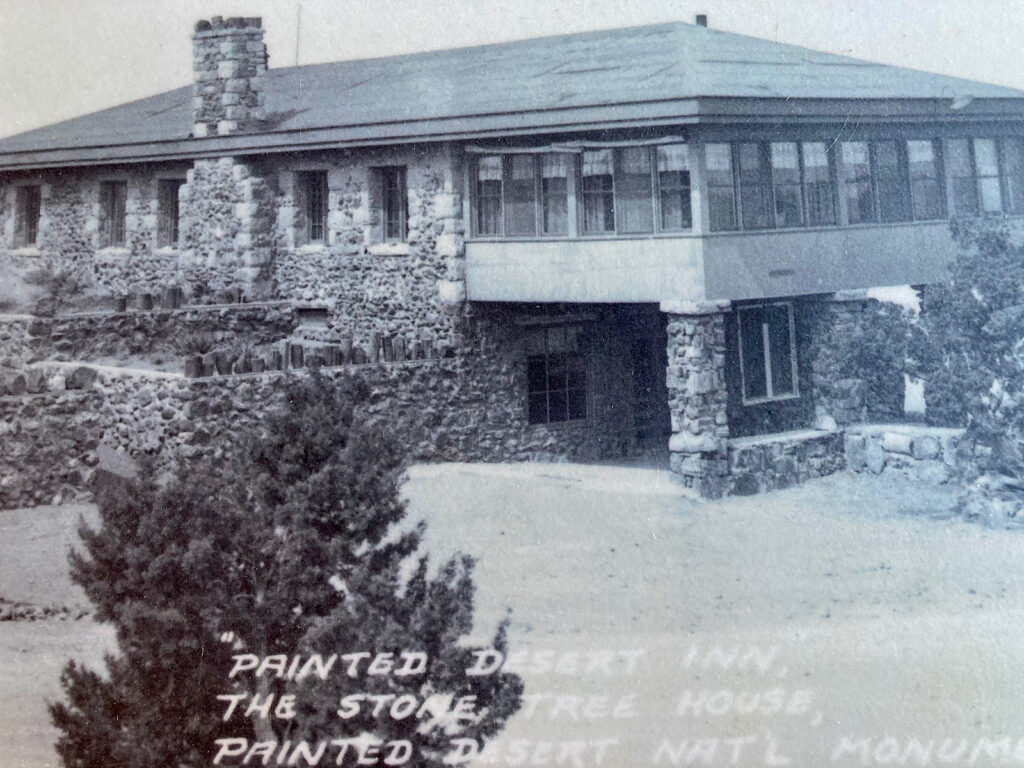
History of the Painted Desert Inn
Some time around 1919, Lore hired Native American laborers and built an “inn” using the materials at hand – petrified wood and clay. It was nicknamed the “Stone Treehouse.”
The Stone Treehouse rose on mesa overlooking the Painted Desert. Guests were picked up eight miles (12.9 km) away in Adamana at the train station and brought out to the remote, off-grid property to explore the area’s attractions. Electricity was generated on site. Water was hauled in from Adamana. But it did have that view!
Passenger trains stopped running through Adamana in the 1920s as highways and road trips gained prominence. In 1924 Herbert Lore registered his inn with land office. The property was officially his under the Homestead Act.
Two years later number 66 was officially assigned to the route from Chicago to Los Angeles. Road trippers followed it through the northern tip of Petrified Forest National Monument. To attract these travelers, Herbert Lore cleared a small loop road – like today’s Rim Drive – offering sweeping views of the Painted Desert.
Lore also built a route – including a stone bridge that partially exists today – to give touring car treks into the Painted Desert. The family sold Navajo and Hopi arts and crafts and operated the Stone Treehouse for over 10 years.
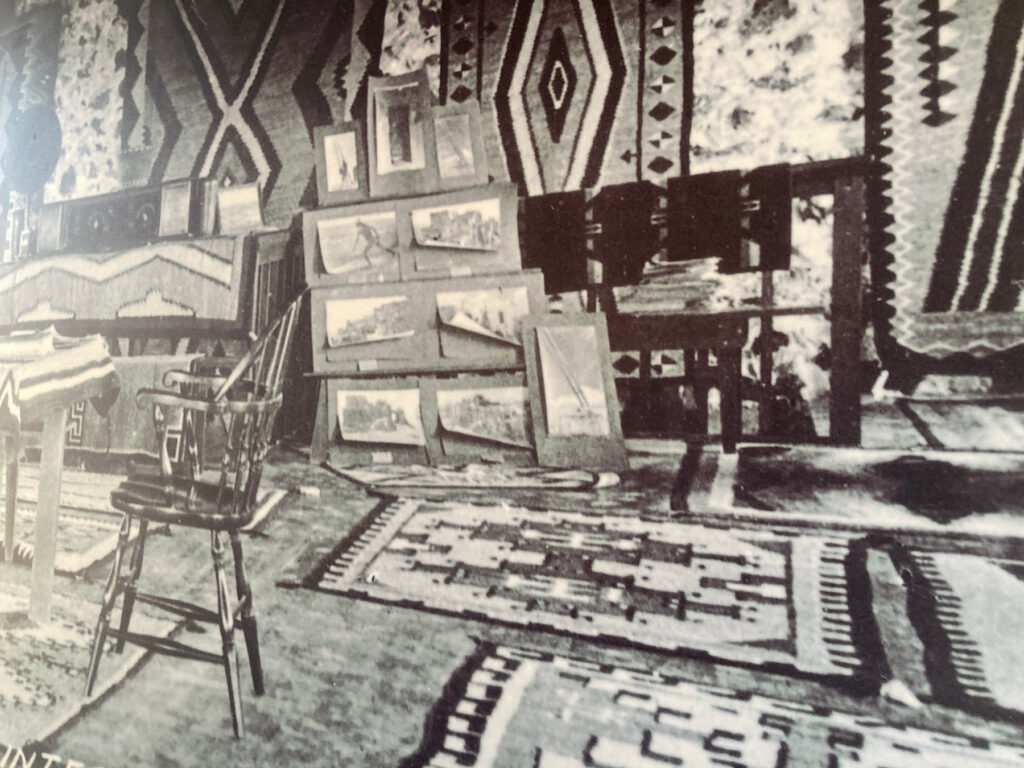
How parks and the CCC became involved with the Painted Desert Inn
In the 1930s, Petrified Forest National Monument began buying up Lore’s holdings including the inn, which sold for $59,400 in 1936. A National Park Service architect – Lyle Bennett – drew up plans for a complete remodel in Pueblo Revival-style in early summer of that same year, but there was a problem.
Check out more of Lyle Bennett’s work at White Sands National Monument.
The Stone Treehouse was built on top of bentonite clay. As we’ve already learned, bentonite clay is unstable. The foundation was shifting. The project became a much more expensive remodel and to help cut costs, the Civilian Conservation Corps was brought in as labor in August of 1937.
Water and sewer were installed. New walls and roof were added. The CCC were also tasked with building furniture, creating detailed tinwork light fixtures, and handmade and painted skylight panels for the interior of the building.
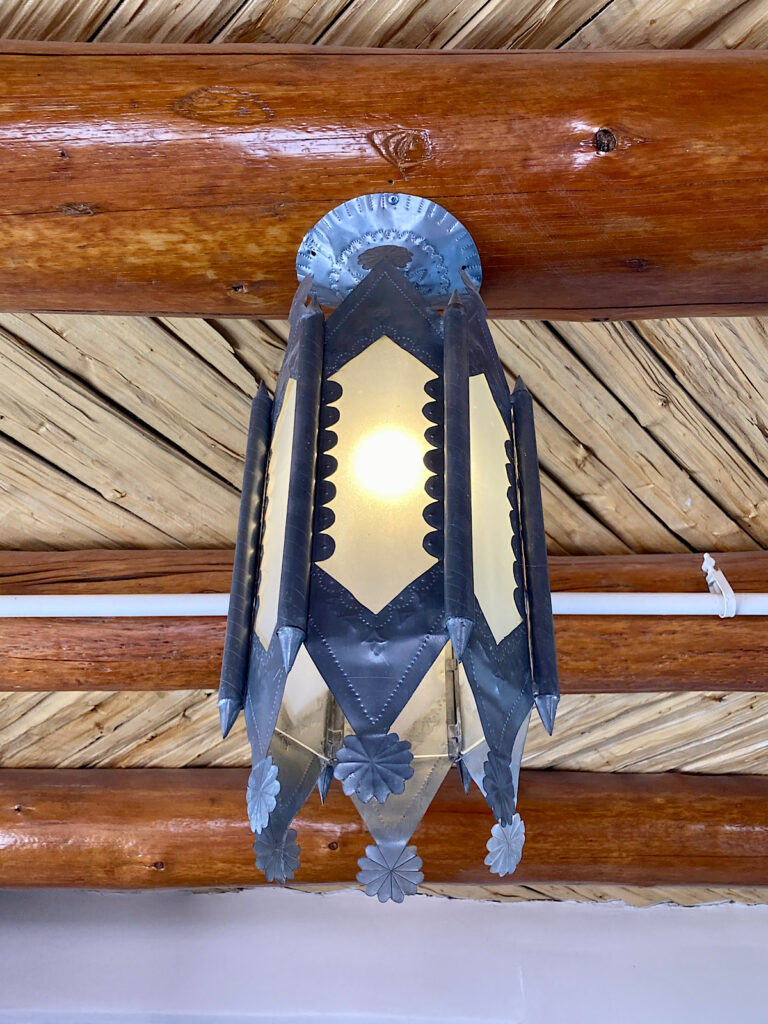
On July 4, 1940, the Painted Desert Inn – with six guest rooms – opened for business. But the timing – with a war being raged overseas – was off. Two years later the Painted Desert Inn closed its doors.
Love exploring Arizona’s historic sites? You might also like Steam Pump Ranch
in the Oro Valley just north of Tucson!
Who was Fred Harvey?
Fred Harvey was a railway man. He spent a lot of time travelling on business and he didn’t like what he found in the way of accommodations and food. Harvey set out to change that. In 1876 he joined forces with the Santa Fe Railway and opened his first “eating house.”
Before long, Harvey Houses were popping up all along the line. The service and food were top-quality, but Fred Harvey had another ace up his sleeve. Actually, it was a bevy of aces. It was the Harvey Girls.
Harvey hired single women between the ages of 18 and 30. They signed a contract to work for a set period – and not to marry while employed with the Fred Harvey Company. Harvey Girls were meticulously trained to provide impeccable service. They wore matching uniforms and followed strict rules.
In return, they received room and board, a salary, tips, and free train tickets. More than that, they were given adventure and independence. When Fred Harvey died in 1901, there were 47 Harvey House restaurants, 15 hotels, 30 dining cars and hundreds of Harvey Girls on the Santa Fe Railway.
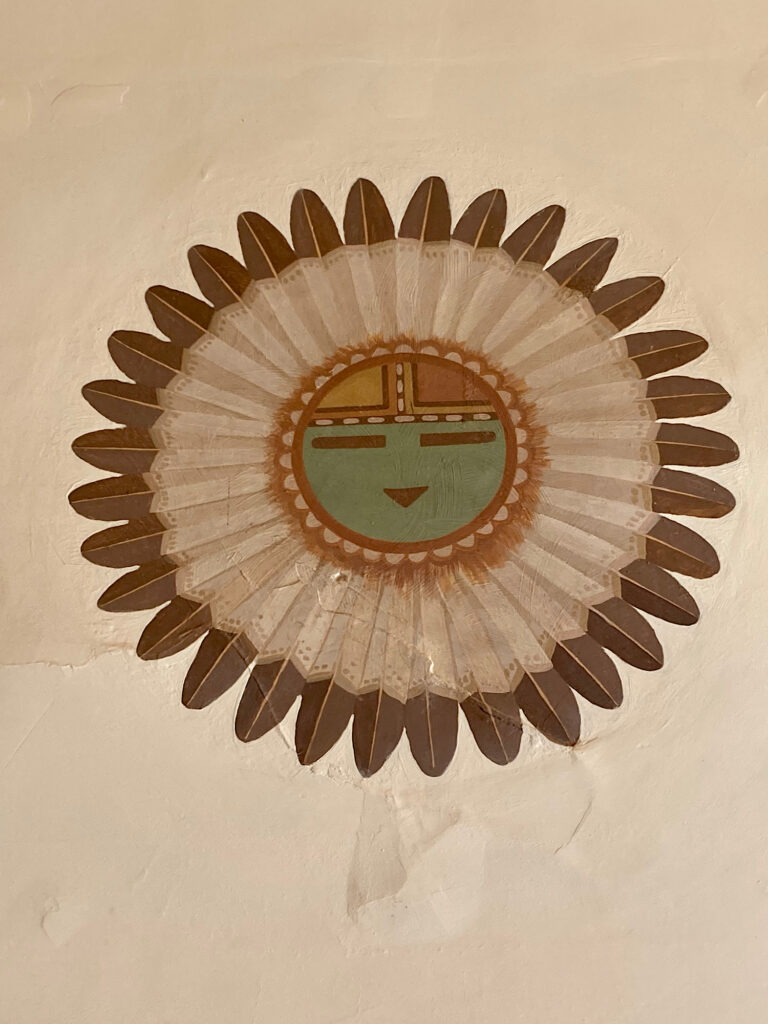
How does Harvey’s story tie in with Painted Desert Inn?
The Painted Desert Inn reopened in 1946. A year later, the Fred Harvey Company – run by his sons and later grandsons – took over the Inn’s operating contract. They brought in their lead architect and interior designer to bring the property up to company standards.
Mary Jane Elizabeth Colter – renowned for her legacy of work in Grand Canyon National Park – changed out windows to take advantage of the views overlooking the Painted Desert, refreshed the color scheme and hired Hopi painter Fred Kabotie to paint murals in the dining areas. Painted Desert Inn Harvey Girls lived in the former guest rooms on the building’s west side and worked the Inn’s dining room and lunch counter.
You can find even more of Mary Colter’s work in Santa Fe’s La Fonda Hotel.
It was a recipe for success – except for one lingering problem. While the foundation had been repaired, the bentonite surface on which it was built continued to shift. By 1958, structural issues were reported. Five years later, the Fred Harvey Company moved out. The Inn closed its doors. There were calls to demolish the building, but it lingered on the edge, not quite done yet.
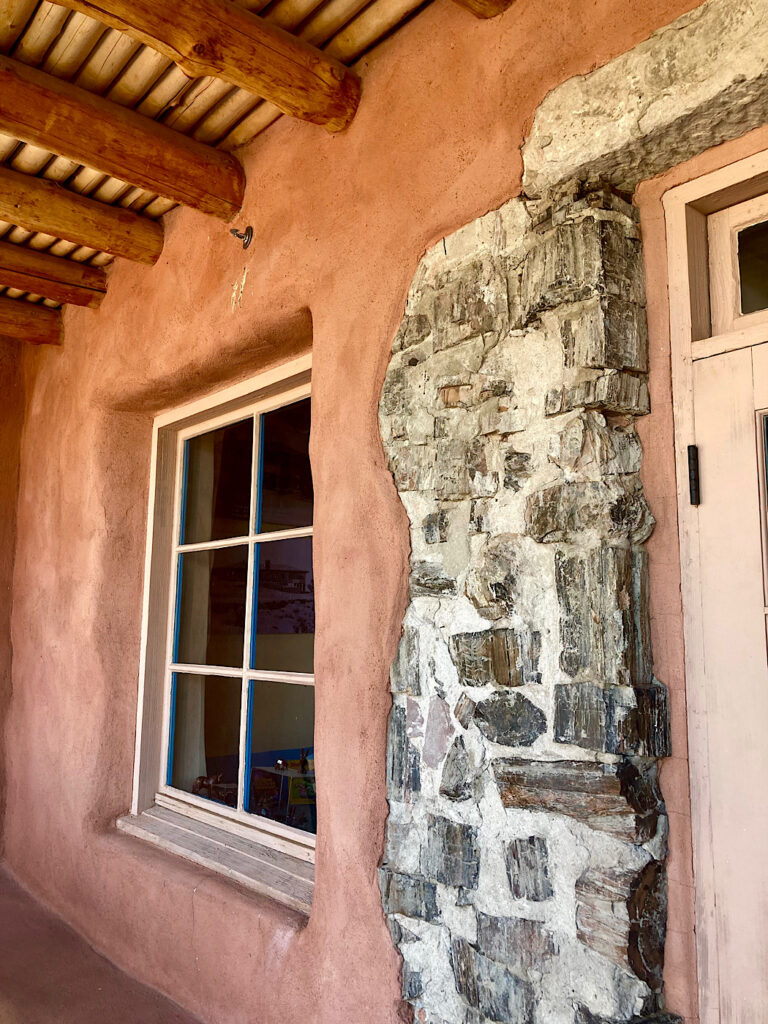
A self-guided tour of the Painted Desert Inn
In 1972, the property is finally on the books for demolition…
Standing outside the property in 2023, we read the rest of the story.
In 1972, the Painted Desert Inn is finally on the books for demolition. But some Park Service employees disagreed and when members of the public caught wind of the plan and raised the alarm, plans changed. The American Bicentennial celebrations saw funds and motivation to fix up the building. In 1975, it opened as a museum and visitor center. Visitors flocked to the old inn bringing renewed interest in preserving the historic gem.
Today, we picked up a copy of the self-guided tour pamphlet in the ranger room and headed downstairs to the original lobby of the Stone Treehouse. We walked outside and peeked into the old guest turned staff rooms.
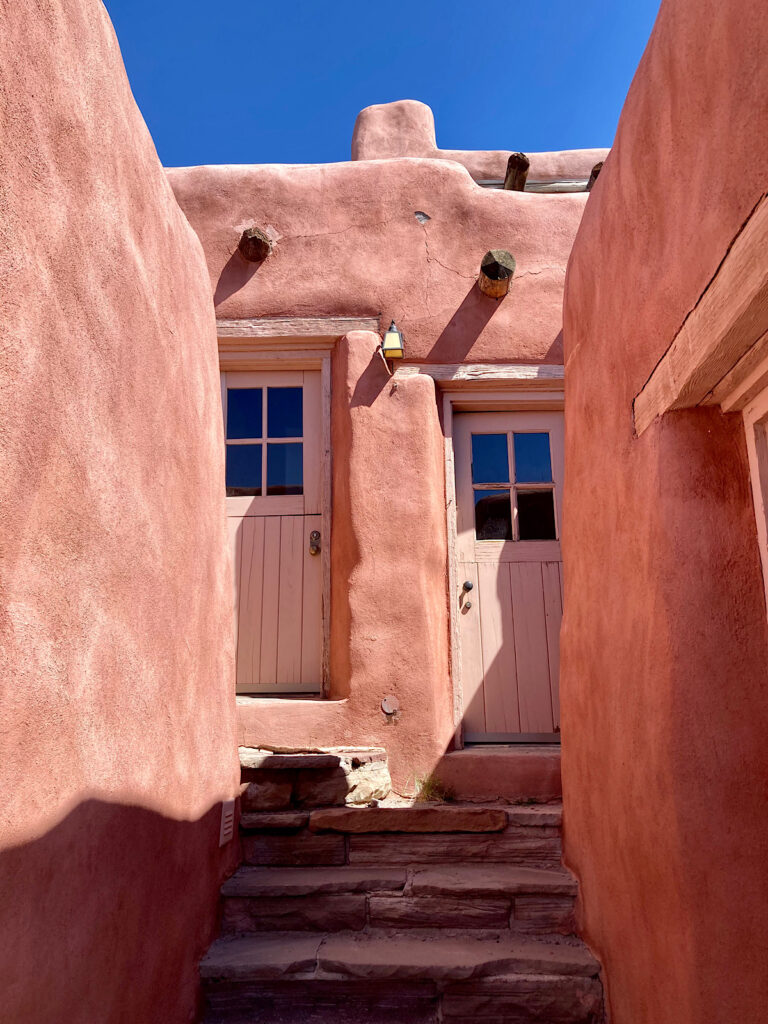
After soaking up the views for a few minutes, we circled around to the kitchen entrance, reading interpretive displays about the CCC and the Fred Harvey Company.
We walked the short hall to the Fountain – a.k.a. lunchroom.
“I’ll have a hamburger and malted milk,” I whispered to the ghost of a Harvey Girl standing behind the counter. She smiled and vanished, a vision in my mind only.
We moved on.
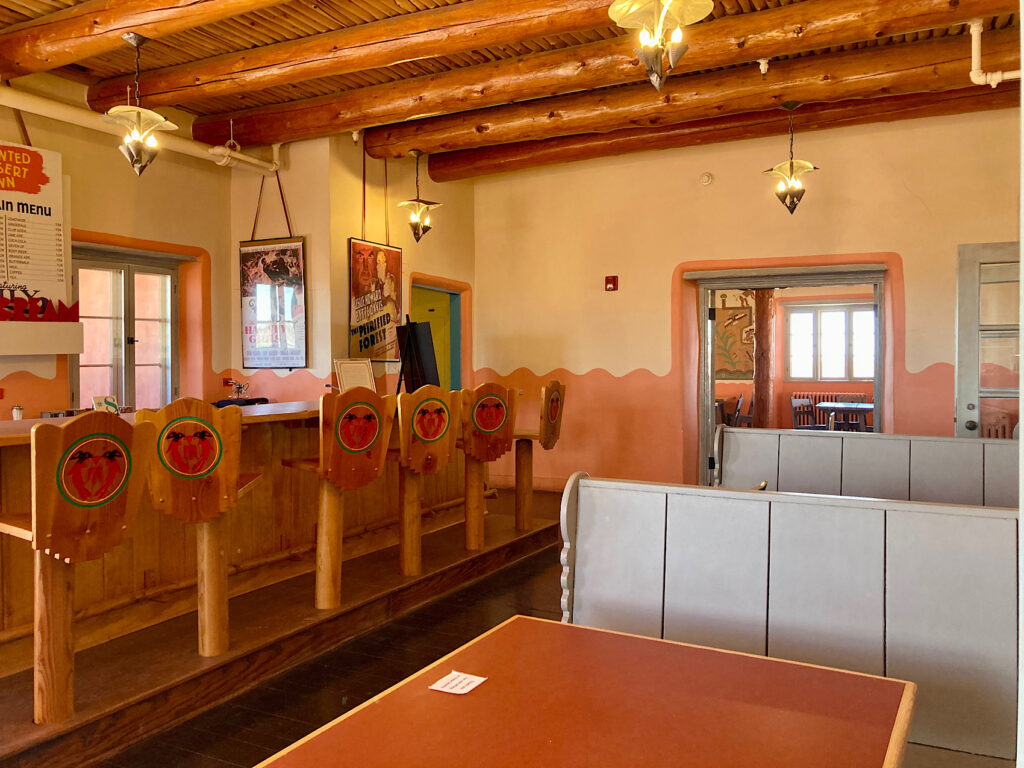
In the dining room we admired the plate glass windows Mary Colter had installed to improve the view. But the views are nothing compared to the brilliant murals on the walls.
Desert Art Inn-side
Mary Colter had worked with renowned Hopi artist Fred Kabotie on projects in the Grand Canyon. She hired him to paint murals on the inn walls in 1948.
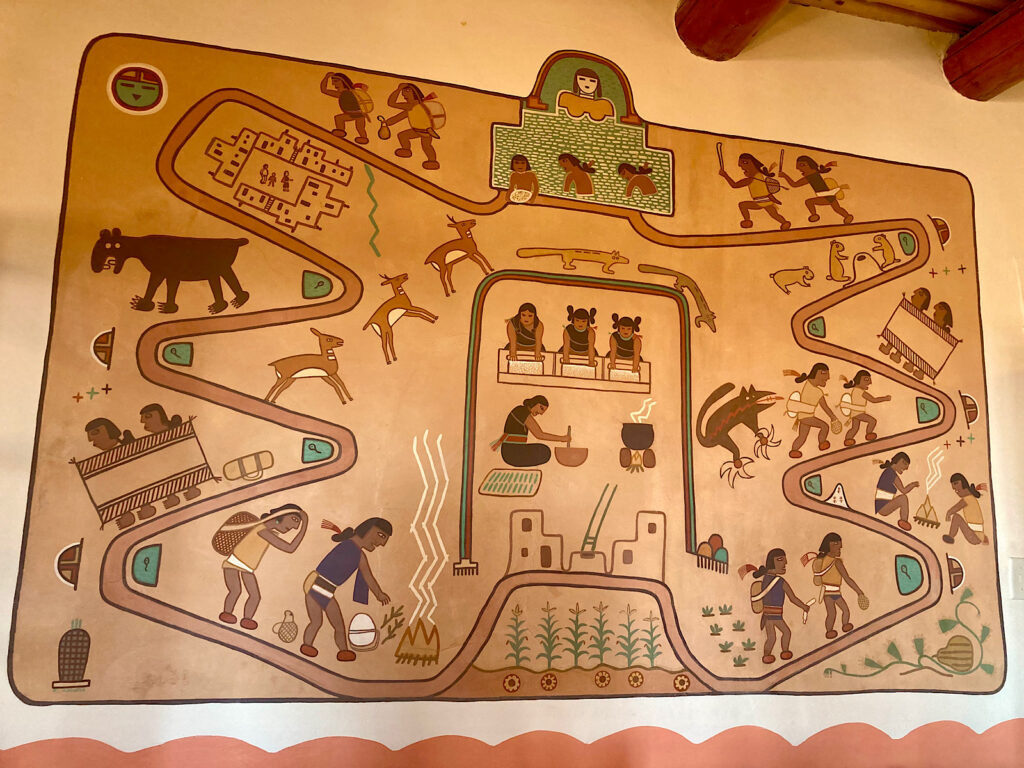
In the dining room, the Buffalo Dance mural depicts a Hopi ceremony performed in winter to pray for good hunting and snow. On the eastern wall, Tawa, the Hopi sun god symbolizes the rising sun.
The Three Peaks Mural, Thunderbird Mural, and Corn Planting figures show symbols associated with planting and related ceremonies. The mural of the Salt Trail between the Hopi and Zuni is a nod to ancient trade routes to collect salt as well as pottery, shells, obsidian, and turquoise from distant sources.
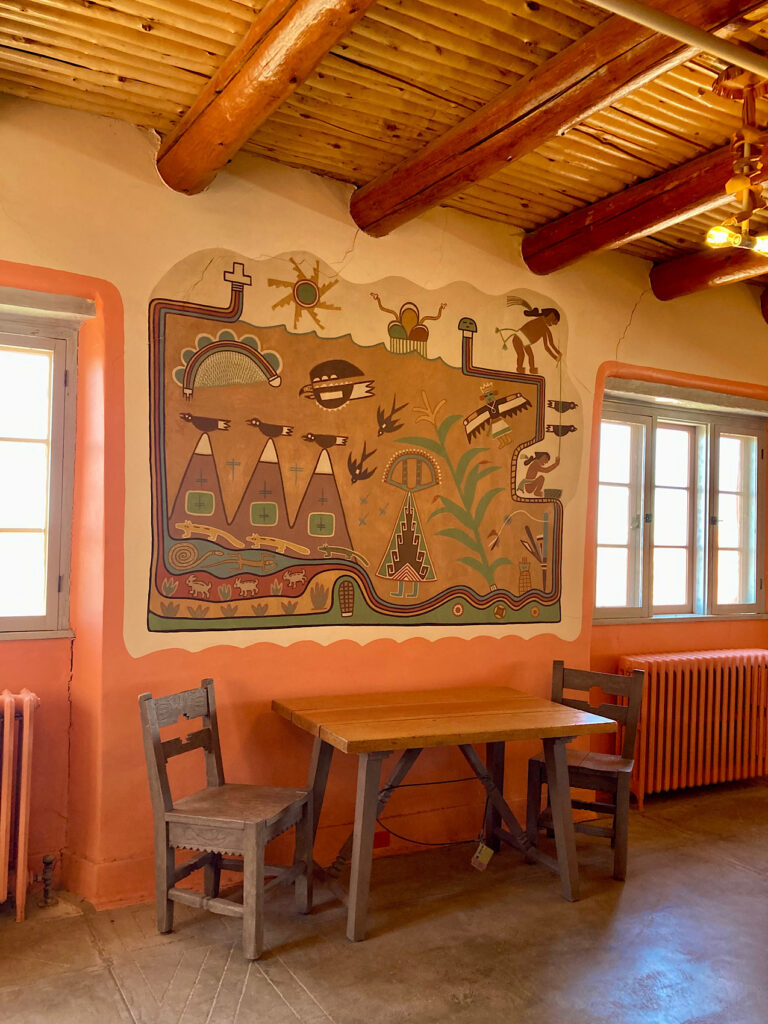
Wrapping up our exploration of Painted Desert Inn’s History
Our last stop was the Trade Room. Looking up at the hand painted skylight panels of the CCC, we appreciate their craft. We studied the mountain petroglyph with mixed feelings of awe and regret.
We regret that the petroglyph no longer sits on the east side of Blue Mesa but we are in awe of the prehistoric artist who left this tangible link to their culture behind.
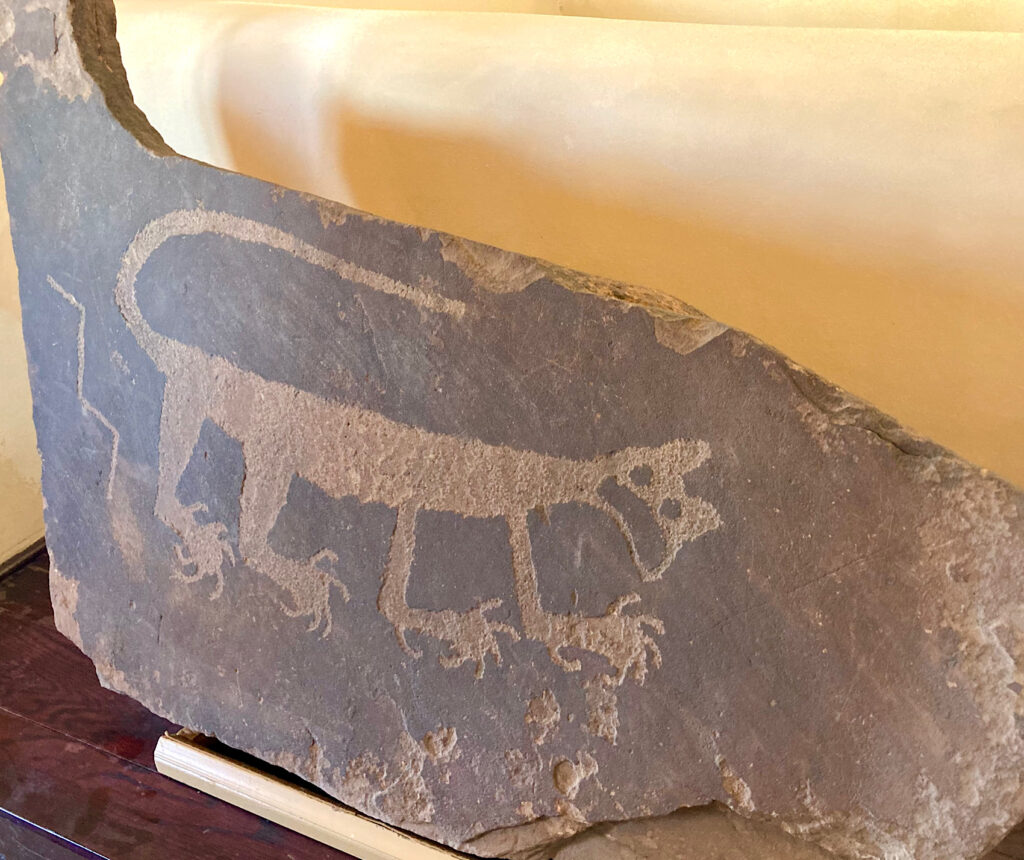
Today a woman sits quietly behind an old wood and glass display case and counter, sorting beads, head down. Price tags marked a few items for sale. The Trade Room continues to offer souvenirs to travelers.
Our tour is over, but the work on this unique building is far from done. Park’s staff continue to preserve the historic features of the Painted Desert Inn while making it safe for visitors like us to enjoy and appreciate.
Yes, this 100-year-old cultural gem lives on longer than expected. Time for you to see it for yourself!
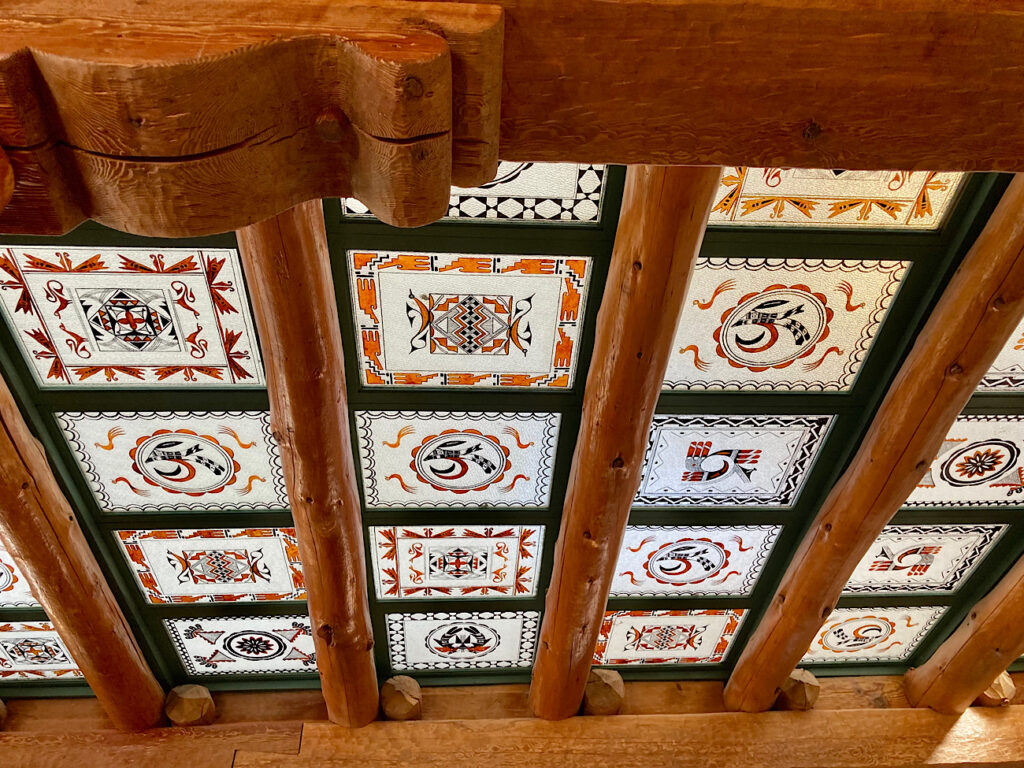
If you love self-guided tours of historic destinations, be sure to check out these posts:
Self-Guided Walking Tour of St. John’s, Newfoundland
Self-Guided Walking Tour of Nelson, B.C.
Discovering the Past: Self-Guided Walking Tours
The Churches of Chiloe Tour, Chile
Actively Exploring Prince Albert National Park’s Park, Saskatchewan
When you go on a tour of the historic Painted Desert Inn
The Painted Desert Inn National Historic Landmark is open 7 days a week (except Thanksgiving and Christmas) from 9 a.m. – 4 p.m.
Remember that most of Arizona does not observe Daylight Saving and that times are Mountain Standard year-round.
To access the Painted Desert Inn, take Exit 311 off Interstate 40. The Inn is located on the right approximately 1 ½ miles (2.4 km) from the northern park entrance.
If driving through the park from the south entrance, continue through the park, crossing over Interstate 40 and following the park road. You will see the Painted Desert Inn parking lot on your left, 1 ½ miles (2.4 km) before reaching the northern park entrance.
There is no fee to enter the Painted Desert Inn itself, but you will need to pay fees to enter Petrified Forest National Park. Check their current fees here.
Read a little more of the history of the Painted Desert Inn in this national park pamphlet.
Painted Desert Inn is a National Historic Landmark. If you like it, check out this list of other National Parks, Monuments and Landmarks in Arizona.
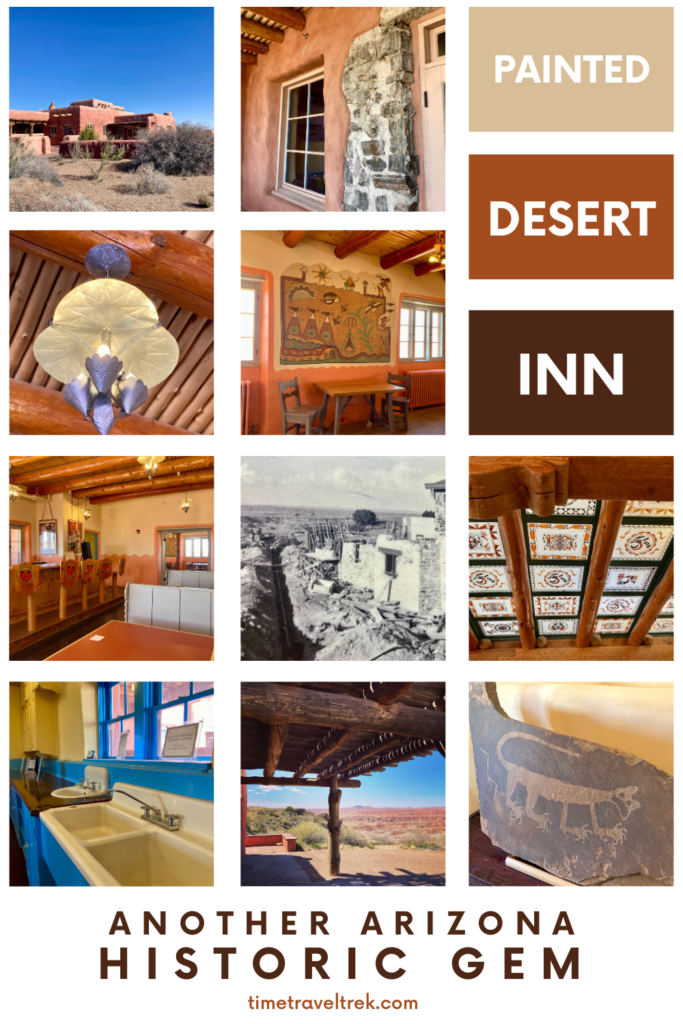
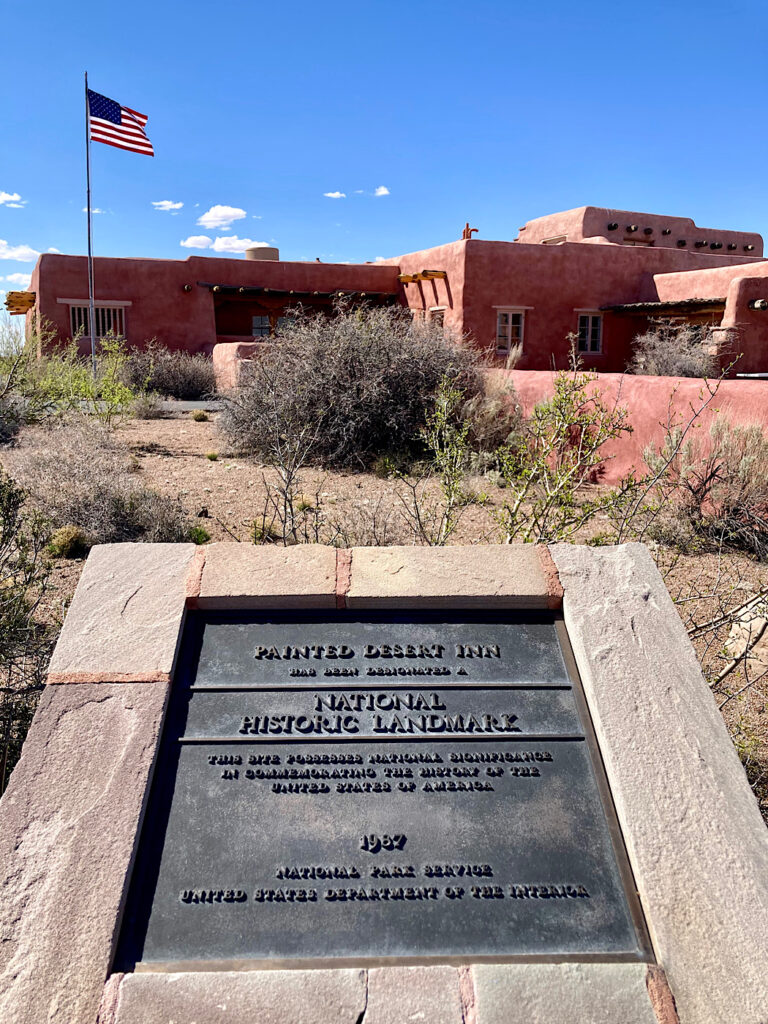
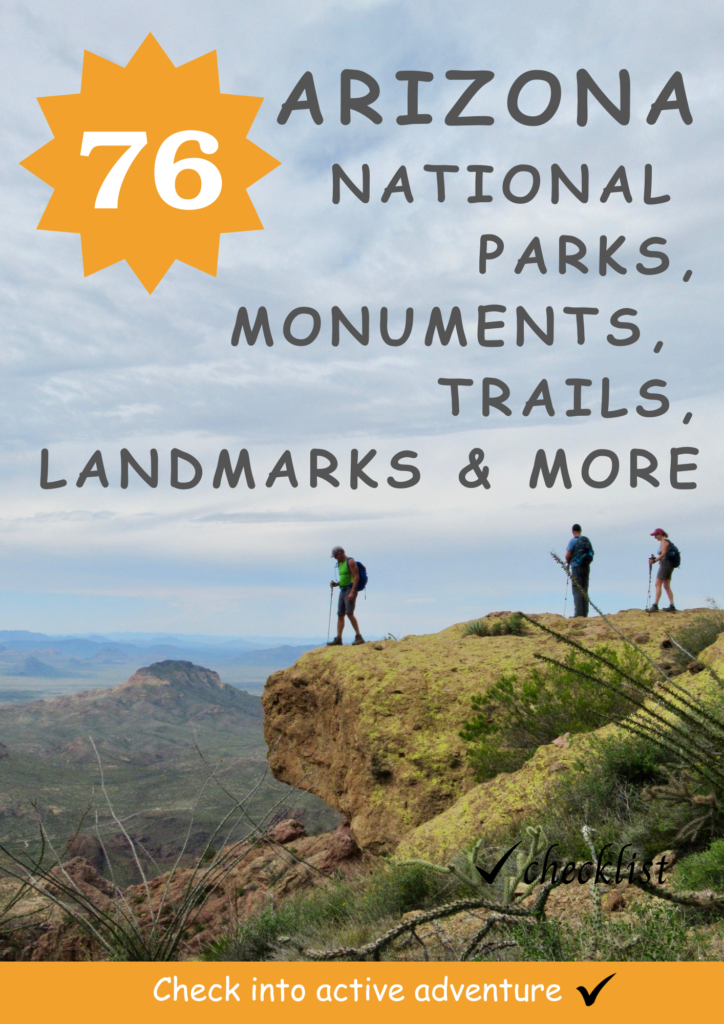
I absolutely loved your exploration of the Painted Desert Inn’s history! Your specific account and vivid descriptions deliver the previous to life, making it a captivating study for records fanatics like myself. The combo of historic records and non-public insights creates a compelling narrative, and your dedication to maintaining and sharing these memories is surely commendable. Thank you for taking us on a charming ride thru time!
This building combines art, architecture, and history in a setting that takes one’s breath away – it’s hard not to gush a little about it 😉